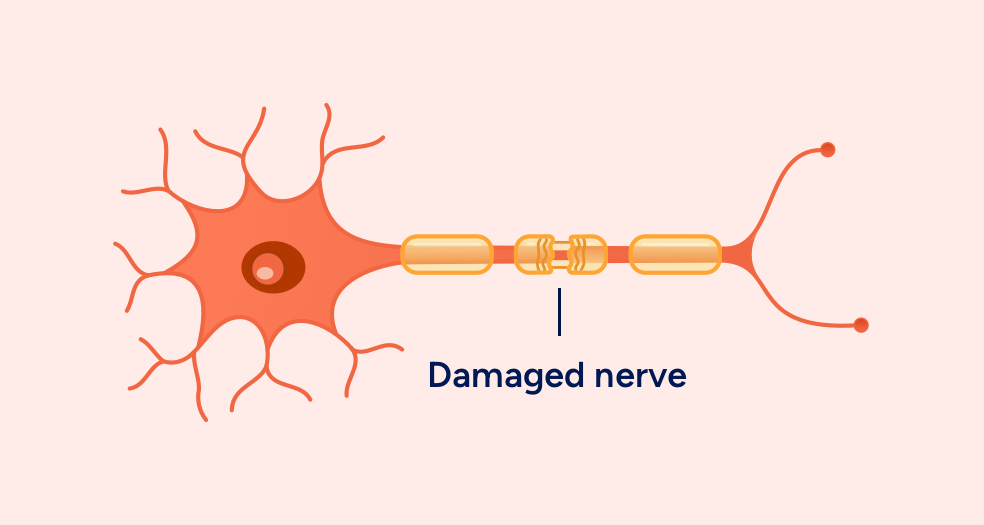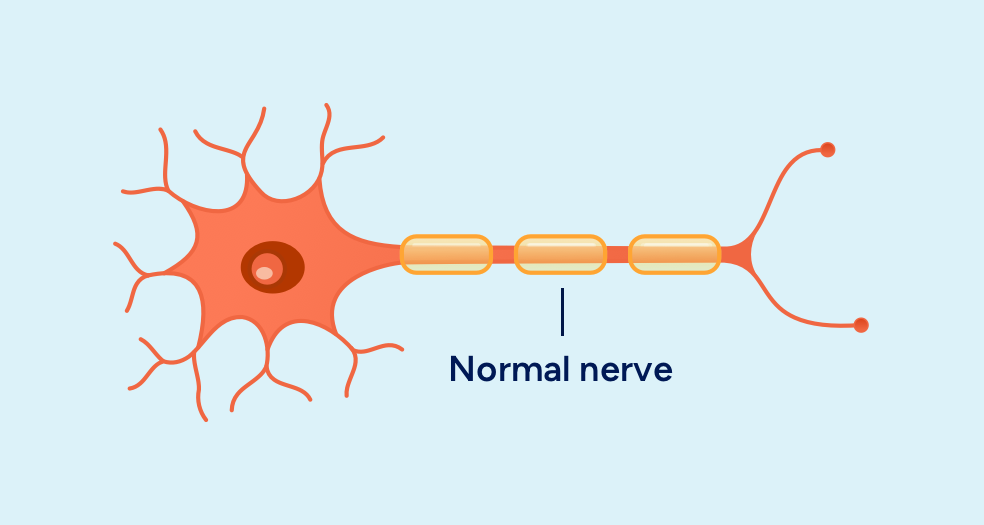What to expect with CIDP
CIDP is treatable but can get progressively worse without treatment
Initially, people with CIDP may simply be aware that it takes more effort to do the things they used to do, but over several months or years, the symptoms may progress to the point that a person may no longer be able to perform simple daily activities such as climbing stairs, walking without assistance, or lifting objects overhead.1

